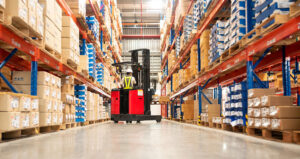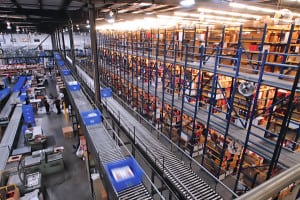
A Multi-Carrier Approach Is Key During Disruptive Times
The possibility of a major disruptive event, such as the Yellow Freight bankruptcy and a potential UPS strike, brought to light the vulnerability of the nation’s supply chain. From COVID-19 to ongoing issues with transportation and labor shortages, the supply chain had been on thin ice. Such scenarios emphasizes the importance of moving beyond a risky, overexposed single carrier approach.







